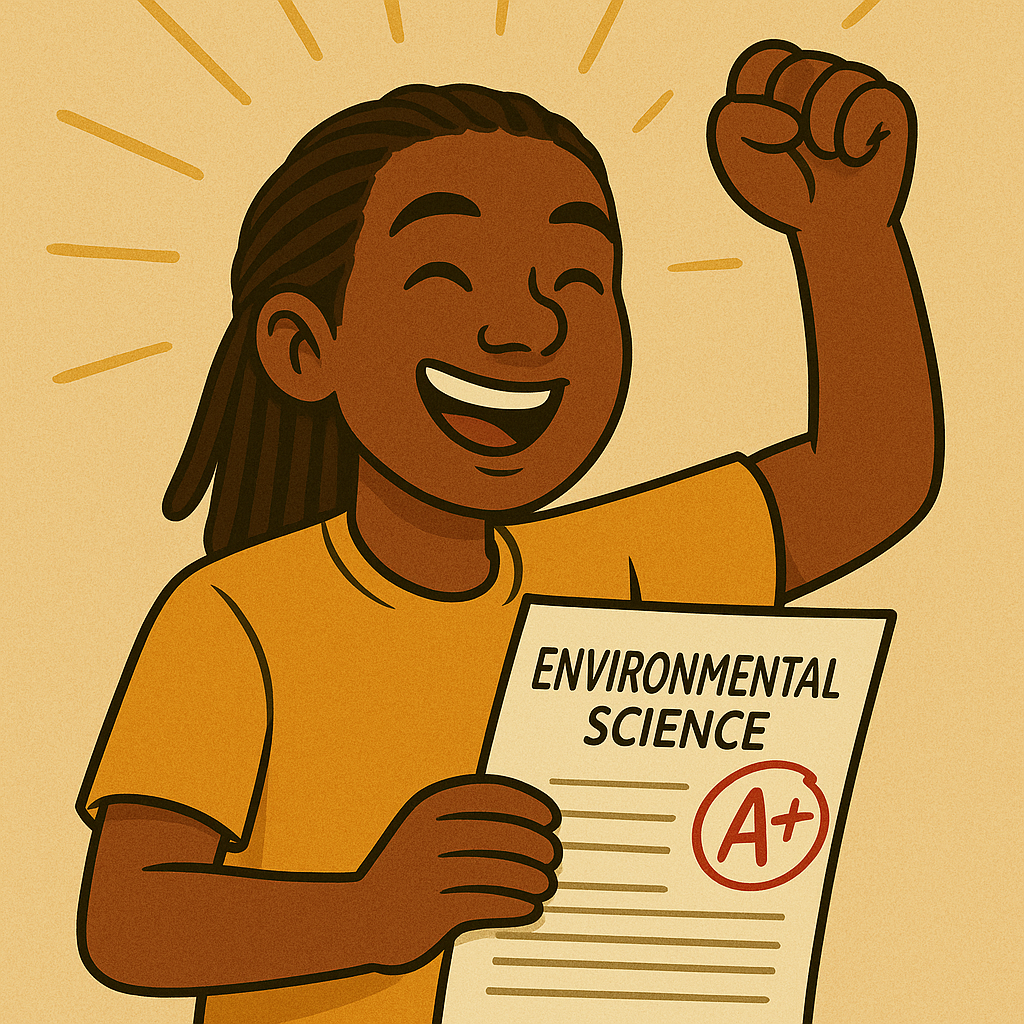
Ace Your APES Exam with Practice That Feels Like Play
The AP Environmental Science (APES) exam covers everything from ecosystems and biodiversity to energy resources and climate change—but studying for it doesn’t have to feel like cramming. At Teachertainment, we believe learning should entertain and educate at the same time.
That’s why our approach to APES exam practice goes beyond flashcards and definitions. We connect lessons to real-world stories, movies, and songs that make environmental science come alive. Because when students feel connected to what they’re learning, they remember it.
What Makes an APES Practice Test Work
A great APES exam practice test does more than quiz you—it helps you think like a scientist. Look for practice questions that test application, not just memorization.
When you review a topic like ecosystem interactions, don’t just answer the question. Watch a scene from a nature documentary, pause, and predict what might happen next based on what you know about food webs and energy flow.
Or take a music video that touches on environmental themes—analyze the message, tone, and data behind the lyrics. Suddenly, the test doesn’t feel like a test.
Here’s how to make your APES practice actually stick:
Mix up your media. Watch a short clip about climate policy, read an infographic, then take a short quiz on the same topic.
Focus on cause and effect. APES questions often ask “why” and “what happens next.” Think in systems, not facts.
Use past exams wisely. Go beyond scoring yourself—understand why you missed a question.
Turn downtime into learning time. Short podcasts or videos during your commute can reinforce complex concepts without extra study hours.
for students: Study Smarter
For Teachers: Bring the Environment to Life
Teaching AP Environmental Science? Try using movie scenes or trending pop-culture moments that highlight sustainability, conservation, or pollution. Then, build your own “mini exam” around it. Your students will not only engage more deeply but also start connecting the APES curriculum to real-world events.
The Teachertainment Edge
We combine entertainment with education so students can prepare for exams in ways that actually stick. Whether it’s through curated videos, themed worksheets, or classroom-ready discussions, our goal is to turn preparation into participation.
Because when studying feels enjoyable, performance follows naturally.
Ready to Crush Your APES Exam?
Turn your APES exam prep into something you actually look forward to. Teachertainment offers one-on-one and group tutoring to help students boost confidence, understand key concepts, and ace the test — all through creative, engaging methods that make learning fun.
Explore our APES tutoring, study tools, and pop-culture-inspired lessons today, and see how we make learning entertaining, effective, and unforgettable.




